Deer Antler Plaque Patterns Printable Free Download
What is the significance of deer antler plaque patterns?
Deer antler plaque patterns are significant for several reasons. First, they provide valuable information about the age and health of the deer. The size, shape, and number of plaque sites can help determine the animal's maturity and overall condition. Second, these patterns can be used to estimate the population density and genetic diversity of a deer population. By studying the distribution and variability of plaque patterns, researchers can gain insights into the dynamics of deer populations and their ecosystems. Lastly, antler plaque patterns can be useful in forensic investigations, as they can be used to identify individual deer and track their movements over time. Overall, deer antler plaque patterns serve as a unique and informative characteristic that aids in understanding deer biology, population dynamics, and individual identification.
How are deer antler plaque patterns used in research or identification?
Deer antler plaque patterns are used in research or identification by providing unique markers that can help distinguish individual deer. The patterns on the surface of the antler, caused by the mineralization process, are unique to each deer and do not change over time. By studying these patterns, researchers can identify specific individuals, track their movements, and study population dynamics and behavior. This information can be crucial for wildlife management and conservation efforts.
Can deer antler plaque patterns be used to determine age or health of the animal?
Deer antler plaque patterns can potentially be used to determine the age of a deer, as these patterns tend to accumulate over time. However, they cannot reliably indicate the health of the animal. Health assessments are better obtained through other means such as physical examinations, blood tests, or observation of behavioral changes.




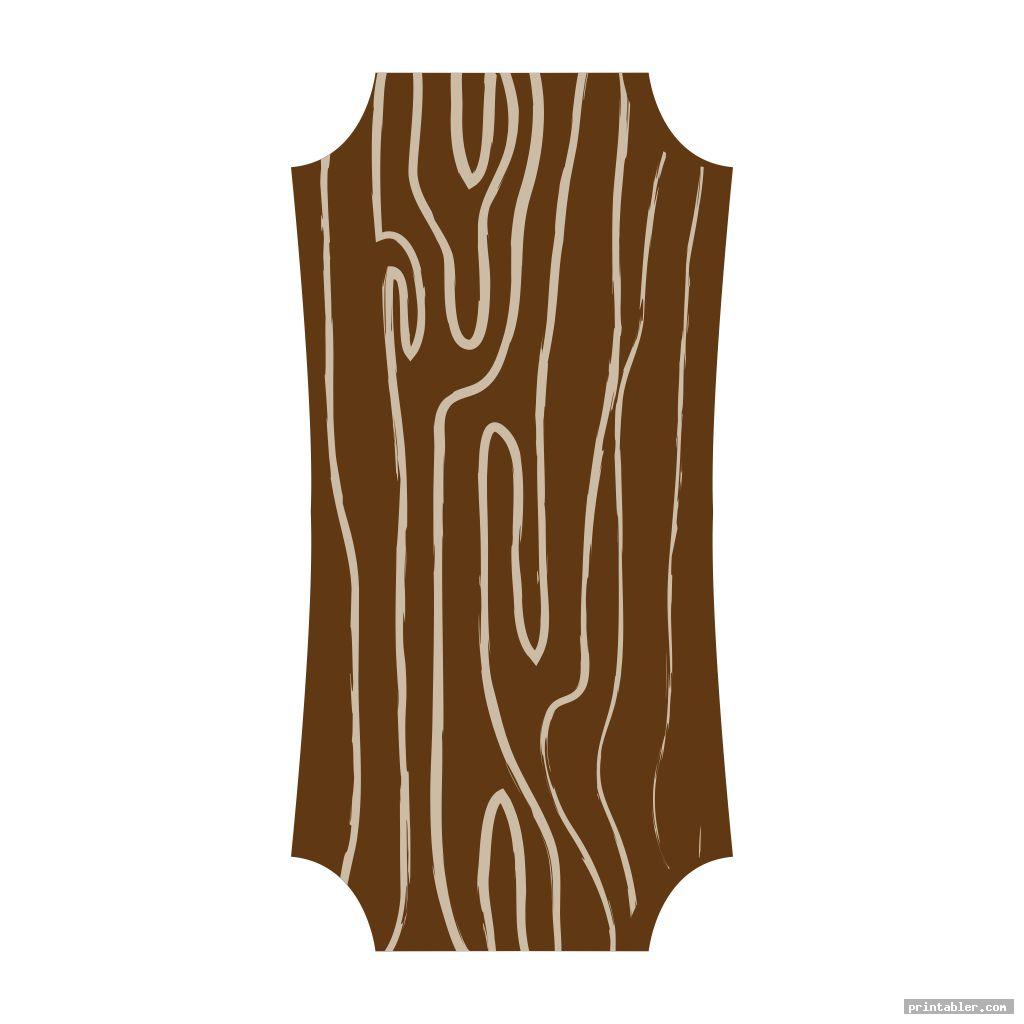

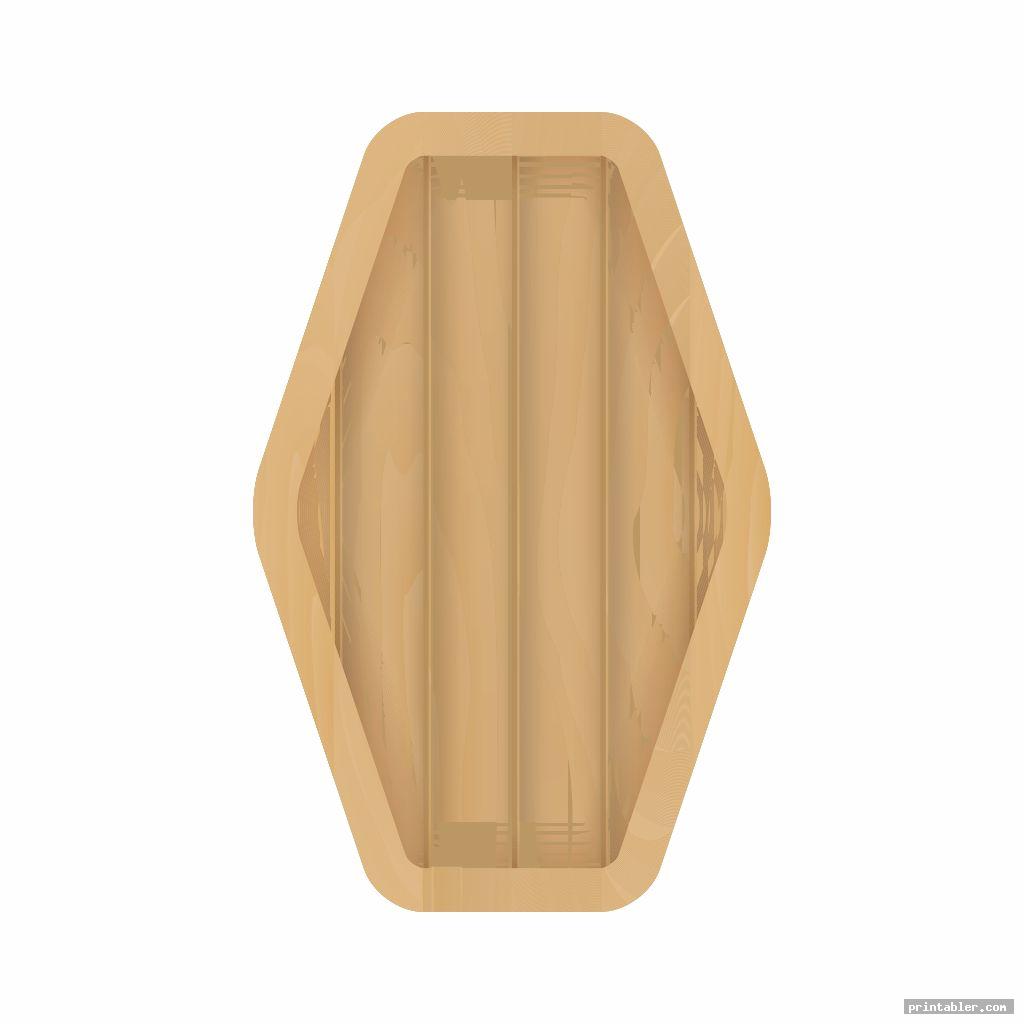
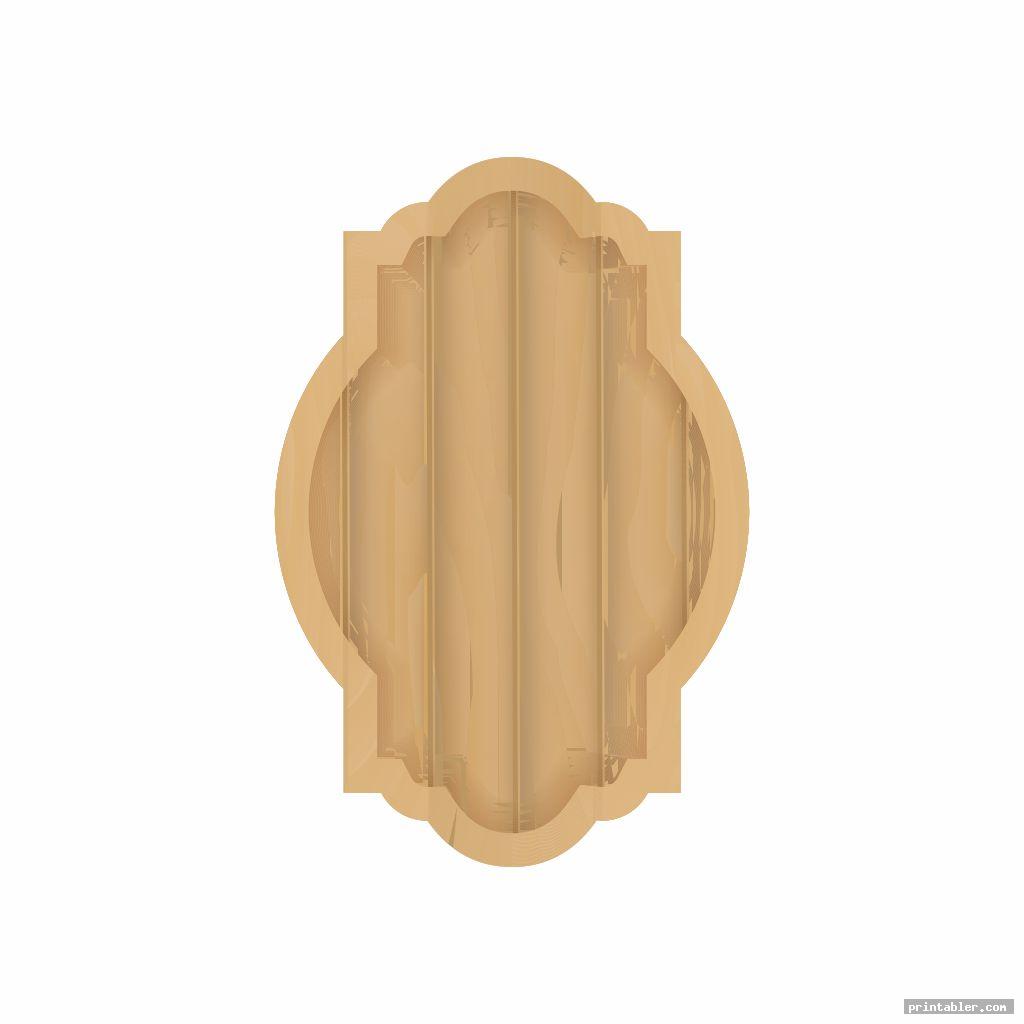
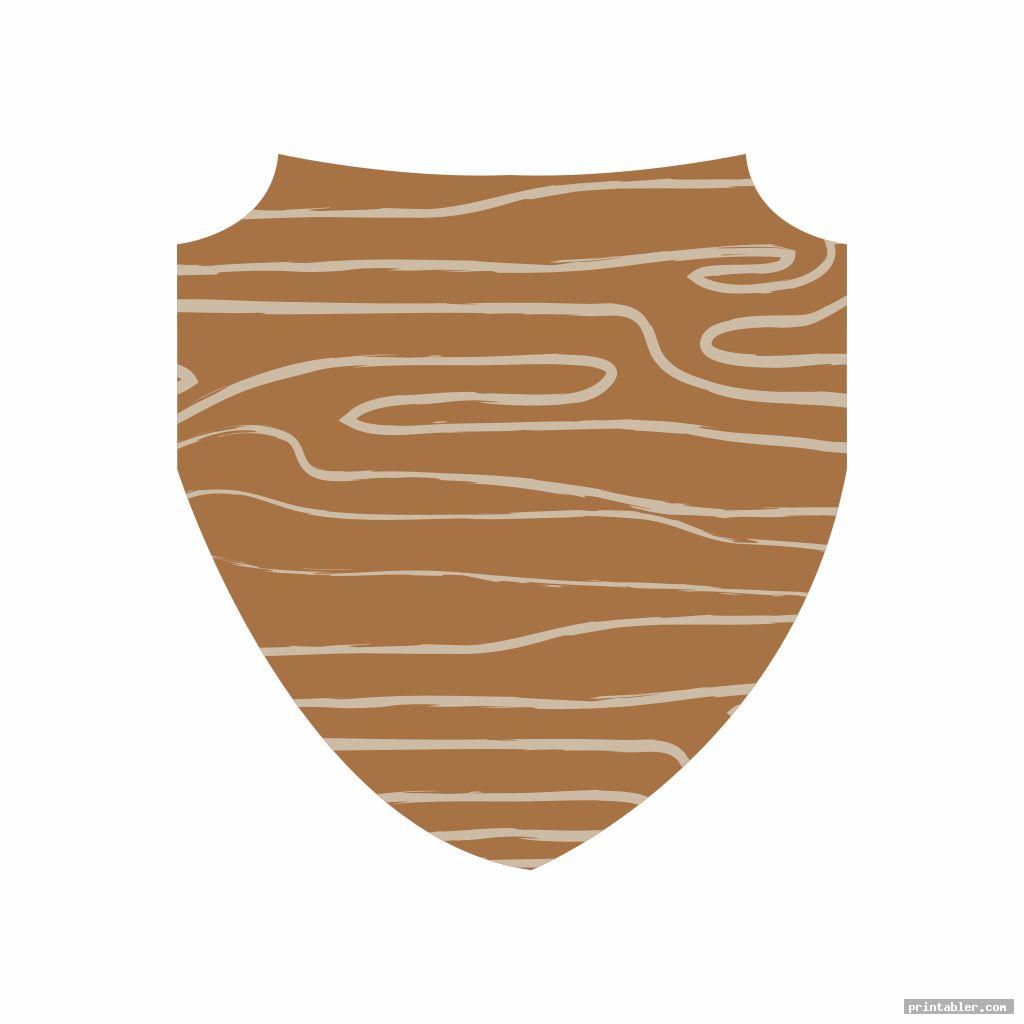
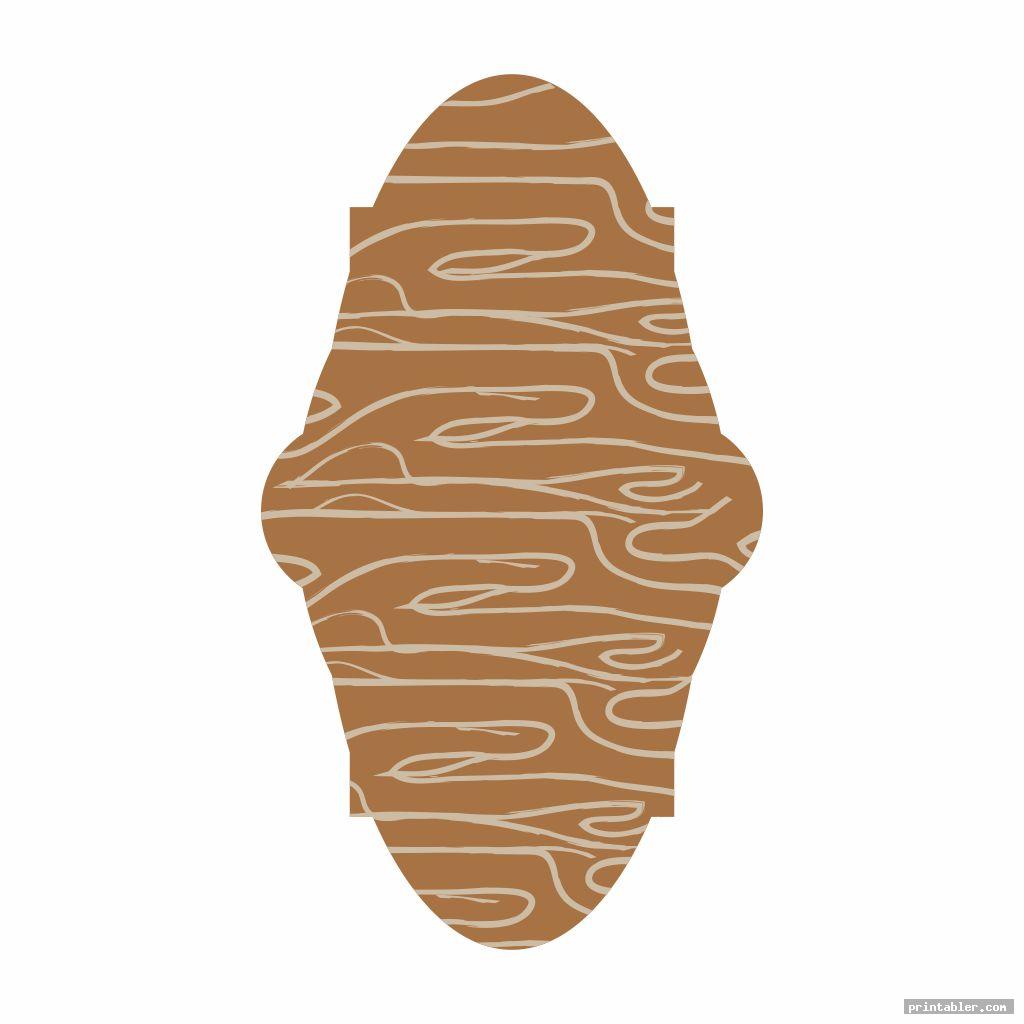

 Hours Sign Template Printable
Hours Sign Template Printable Furniture Templates Printable
Furniture Templates Printable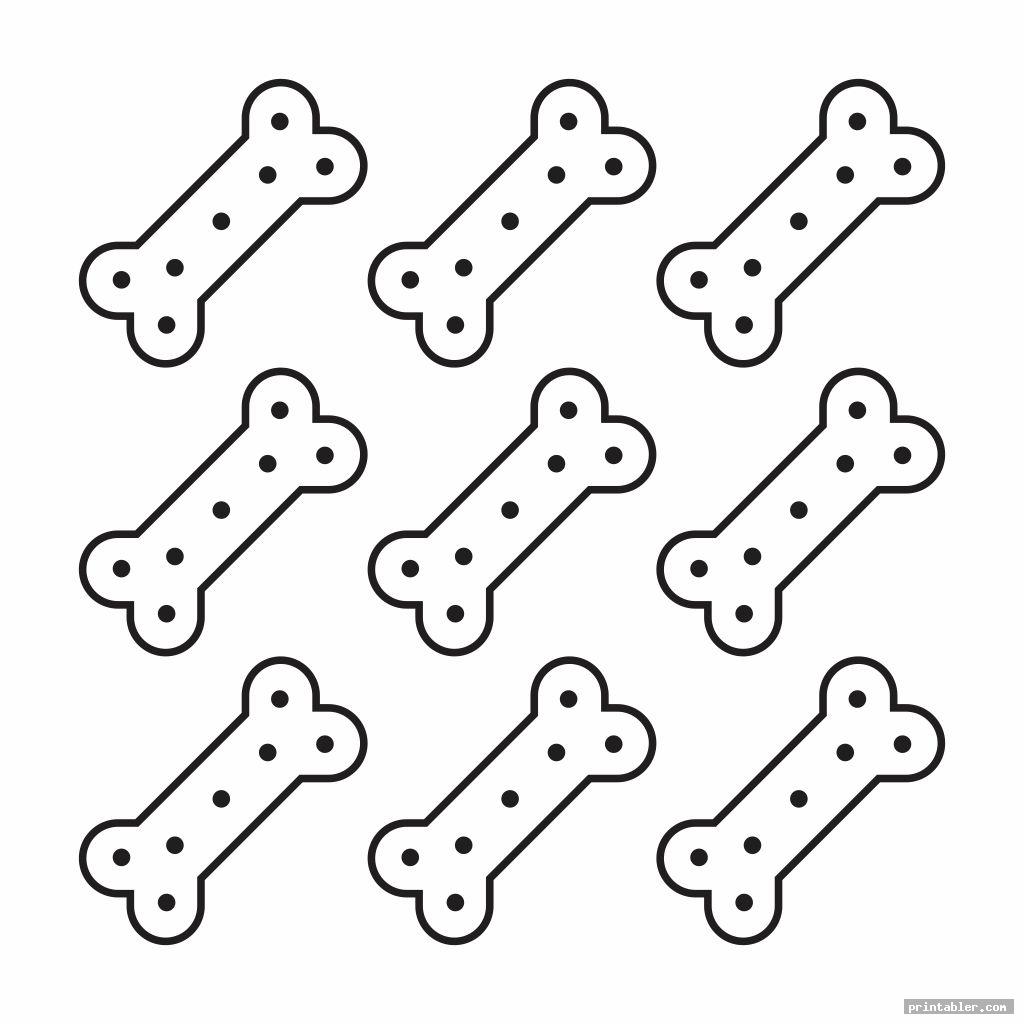 Dog Bone Template Printable
Dog Bone Template Printable